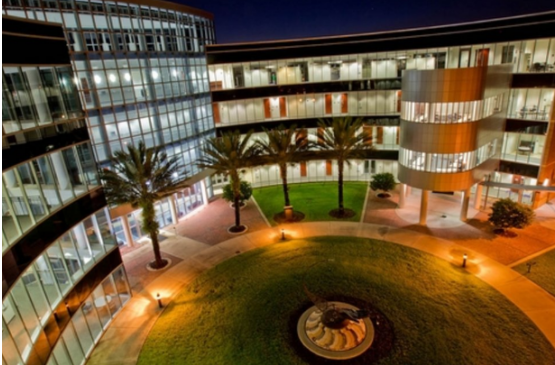10 Colleges That Enroll the Most Transfer Students
10 Colleges That Enroll the Most Transfer Students
By Ilana Kowarski

At the University of Central Florida, 6,810 new transfer students enrolled in fall 2017.
IT IS NOT UNUSUAL FOR students to transfer from one college to another. In fact, according to a report published last year by the National Student Clearinghouse Research Center, 38 percent of students who began college in fall 2011 switched schools within six years.
Some students begin their studies with the intention to transfer. For instance, to cut college costs, many first enroll at low-tuition community colleges with a plan to transfer to their target four-year college or university after they have completed two years of study.
Other students rejected by their dream school enroll at a second-choice college with the hope of earning stellar grades that will allow them to qualify for transfer admission.
Some undergraduate institutions make it easy to transfer into their schools by, for instance, guaranteeing admission to graduates of nearby community colleges. By contrast, other colleges rarely accept transfer students.
Among the 1,187 ranked schools that reported these data to U.S. News in an annual survey, the average number of newly enrolled transfer students in fall 2017 was 492. However, these schools varied widely in the number of transfer students they welcomed, with the six institutions that had the most transfers each enrolling more than 5,000 of these students, while schools at the other end of the spectrum had fewer than 10.
While the average transfer student acceptance rate among all ranked schools was 63 percent in fall 2017, 17 colleges reported that they accepted every transfer applicant.
The 10 schools with the largest transfer student populations enrolled an average of 5,041 of these new students – more than 10 times the average number among all ranked colleges. Among these 10 schools, the average new transfer student acceptance rate was 64 percent.
Seven of the schools with the most transfers are National Universities, research-focused institutions that offer a plethora of college majors, plus a variety of master's and doctoral programs. The three remaining schools are Regional Universities, schools that grant a variety of bachelor's degrees and some master's degrees but few doctorates. The majority of these 10 institutions are public schools; the only private institution on this list is Liberty University in Virginia, a Christian school.





